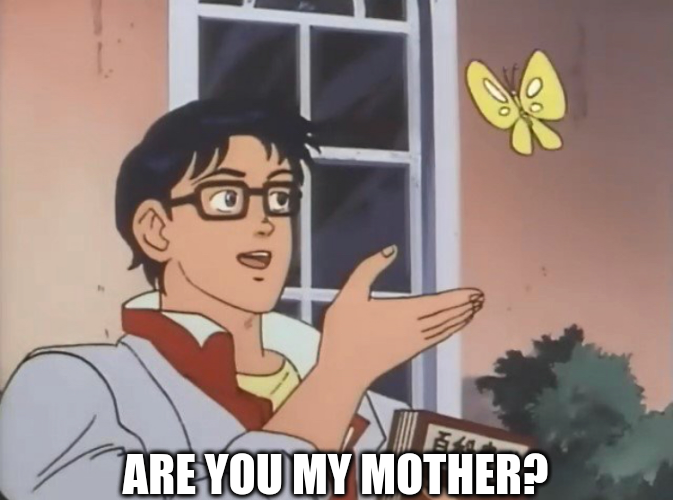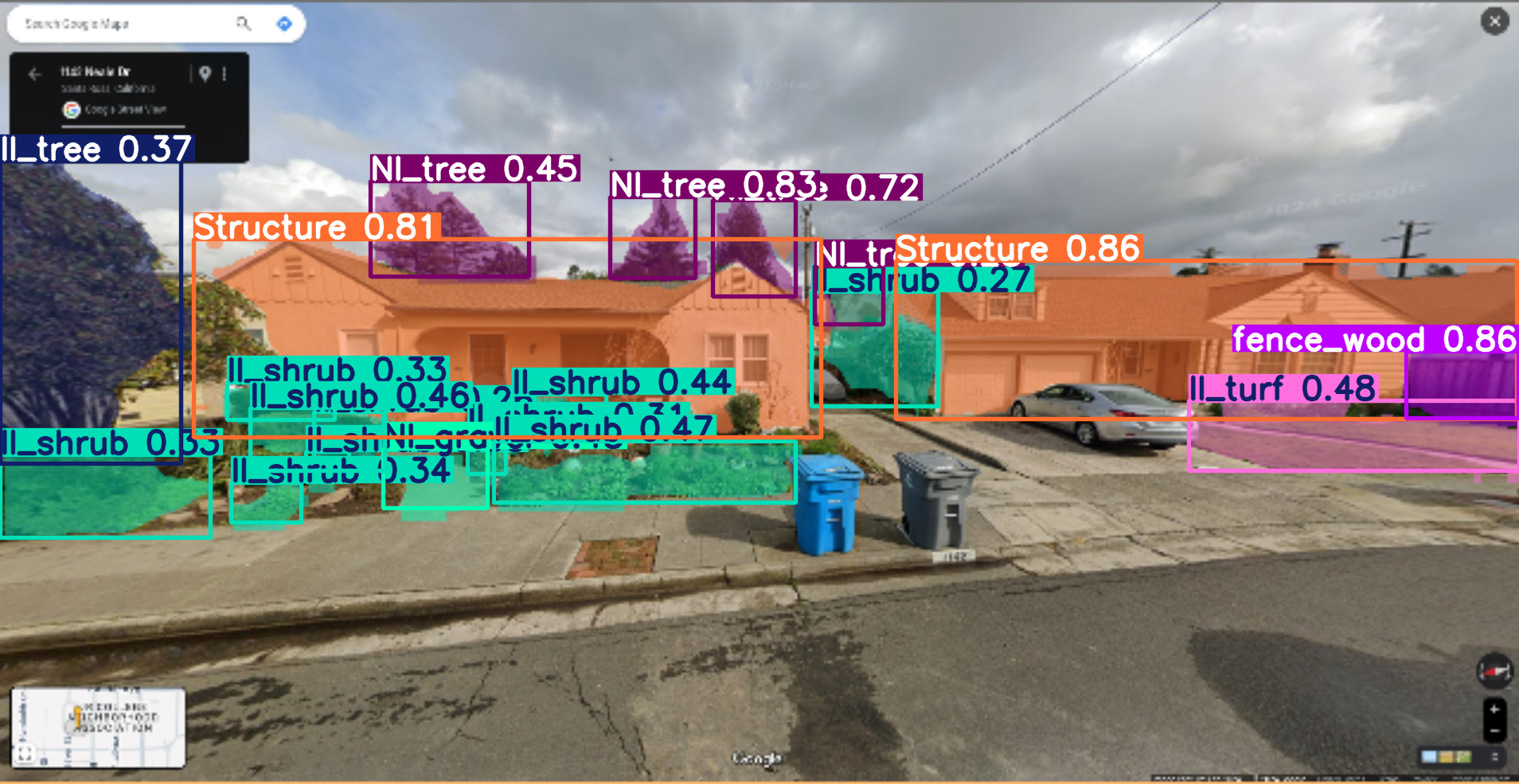


“The future ain’t what it used to be.”
-Yogi Berra



Yeah but once you’ve done it once in R you can just dump your data again, update the theme and boom, done again.
Also 30 minutes? maybe 3.

I mean they got nothing for funding the genocide of the Palestinians, but here we are.
Opinion: Democrats are not coming to save you.


I’ve been trying o1 preview for a few weeks.
Wowza what a clownshow. Can I please just have 3.5 without guardrails?


Turns out land is still cheap and sunlight still generally free.


What we’re experiencing right now is basically the impact of around 1.5 degrees. All of that is basically from very old emissions. We’re on the hook for at least a couple more degrees, but its not like we’ve even slowed or stopped the rate of emissions, so perhaps even more than that.
The impacts of these forcings won’t be linear.

This is a way to shut down political discourse so it can be managed more centrally. We’re seeing it on YT, as well as FB. The goal is to effectively shut down any kind of “un-managed” discourse from emerging by effectively de-monetizing any kind of political news or information. The online news industry is literally collapsing and there seems to be a ‘collapsing towards corporate news only’ effort being made. Advertisers don’t want their brands next to “problematic” content; but this is a both-sidings of an issue, as if lgbtq+ rights are somehow contemporaneous with right-wing conspiracy bullshit. It goes more broadly to any socially good, motivated effort to educate people about their rights being equivocated with some of the worst aspect of human nature we see being promoted from right-wing sources.
I think we all as a broader community have to address the question of costs of what it takes to get people to become politically informed versus the reality of bad faith actors, state agent propaganda, and misinformation.
“You can observe a lot by just watching.” -Yogi Berra
Idk man, this carnival guy seems pretty confident, and the lady in the labcoat keeps talking about uncertainty…
tits out for harambe


I could see them buying ARM/ deepening the relationship with ARM. But Intel?
Yeah. ok. See what kind of biological insight a B- gets you?
Pretty sure from my B- in zoo that sponges eat from what amounts to our waste hole.
So you are supposed to piss in the punchbowl and drink from the toilette.
This is the book you are looking for:
Botany in a day: the patterns method to Plant Identification
ehh go fuck yourself bye…
“It’s crucial…”


new. no filters. it’s like drinking from a garden hose.


Israel has left the path of the moral high ground wide open.


I’ve done several AI/ ML projects at nation/ state/ landscape scale. I work mostly on issues that can be solved or at least, goals that can be worked towards using computer vision questions, but I also do all kinds of other ml stuff.
So one example is a project I did for this group: https://www.swfwmd.state.fl.us/resources/data-maps
Southwest Florida water management district (aka “Swiftmud”). They had been doing manual updates to a land-cover/ land use map, and wanted something more consistent, automated, and faster. Several thousands of square miles under their management, and they needed annual updates regarding how land was being used/ what cover type or condition it was in. I developed a hybrid approach using random forest, super-pixels, and UNET’s to look for regions of likely change, and then to try and identify the “to” and “from” classes of change. I’m pretty sure my data products and methods are still in use largely as I developed them. I built those out right on the back of UNET’s becoming the backbone of modern image analysis (think early 2016), which is why we still had some RF in there (dating myself).
Another project I did was for State of California. I developed both the computer vision and statistical approaches for estimating outdoor water use for almost all residential properties in the state. These numbers I think are still in-use today (in-fact I know they are), and haven’t been updated since I developed them. That project was at a 1sq foot pixel resolution and was just about wall-to-wall mapping for the entire state, effectively putting down an estimate for every single scrap of turf grass in the state, and if California was going to allocate water budget for you or not. So if you got a nasty-gram from the water company about irrigation, my bad.
These days I work on a small team focused on identifying features relevant for wildfire risk. I’m trying to see if I can put together a short video of what I’m working on right now as i post this.
Example, fresh of the presses for some random house in California:



Imagine buying a policitian’s cryptocurrency